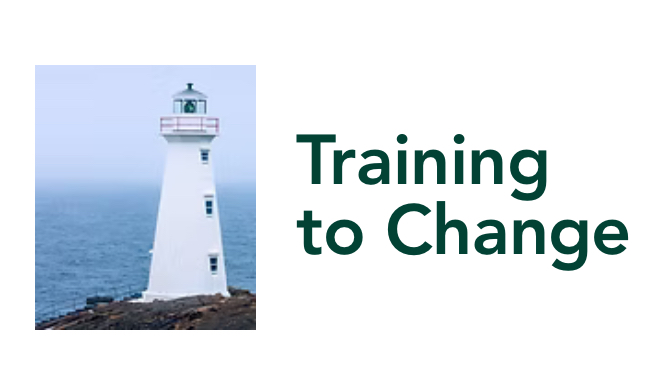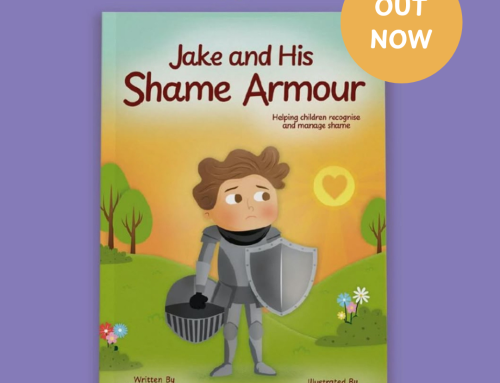
Vicarious Trauma Training with Dawn at Training to Change
Over the last few months, I’ve had the privilege of co-delivering training on vicarious trauma alongside Dawn Velody from Training to Change.
What is Vicarious Trauma
Vicarious trauma describes the emotional and psychological impact that can occur when we hear about, witness, or support others through traumatic experiences. Over time, listening to and holding these stories can begin to shape how we view the world, how safe we feel, and how we relate to others.
It is not simply burnout or stress, but the empathic cost of caring deeply. Those who show up with compassion and commitment, social workers, solicitors, therapists, nurses, emergency responders, and parents caring for traumatised children, are often the most affected, precisely because they are so emotionally present.
How It Shows Up
Vicarious trauma can build quietly and gradually. It might show as emotional numbness, irritability, difficulty switching off, or feeling disconnected from joy or hope. Sometimes it looks like physical exhaustion, over-identifying with those we support, or struggling to find perspective.
For those parenting or caring for children who have experienced trauma, the impact can be particularly profound. Children’s trauma often plays out in their relationships, through anger, withdrawal, shame, or rejection. Holding and responding to this, day after day, can be deeply depleting. Without space to reflect and receive support, carers can begin to feel overwhelmed or isolated in their role.
Why Awareness Matters
Recognising vicarious trauma helps us to bring compassion and understanding to our own experiences. It allows us to name what might otherwise remain hidden, the quiet toll of being a safe base for others in pain.
Awareness is not about self-blame; it’s about self-preservation. When we understand what vicarious trauma looks like and why it happens, we can begin to respond with care rather than criticism. We can take steps to protect our own emotional wellbeing, which in turn strengthens our ability to stay present and attuned to those we support.
What Helps
Throughout the three days, Dawn and I explored practical and reflective ways to care for ourselves and one another within helping roles.
Regular reflective supervision, peer support, and access to emotionally safe spaces are essential – not optional extras. Embodied practices such as grounding, mindful breathing, walking, or creative expression help us release tension and reconnect with the body. Maintaining healthy boundaries, realistic expectations, and moments of rest all play a part in sustaining our emotional health.
For carers and parents, support might come through therapeutic parenting groups, reflective practice sessions, or simply having someone who can listen without judgment. And for organisations, there is a shared responsibility to create cultures that value reflection and recognise the impact of this work, rather than seeing it as a personal weakness.
A Shared Responsibility
Delivering this training was a powerful reminder that those who hold others’ pain also need holding. Whether we work in social care, healthcare, law, therapy, or parenting roles, we cannot pour from an empty cup.
Caring for those who have experienced trauma is both meaningful and demanding. When we create spaces to notice, reflect, and restore, we make it possible to keep showing up with empathy, curiosity, and hope.
I am grateful to have shared this training space with Dawn Velody and everyone who attended. The honesty, reflection, and connection across the three days reminded me that while vicarious trauma is a shared risk, the act of coming together to understand it is also a shared form of healing.





